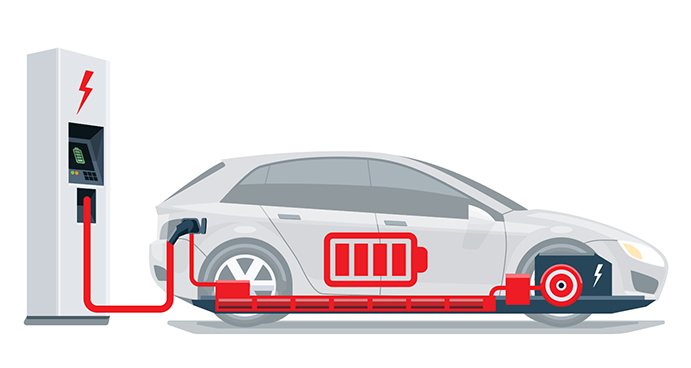As US DOE abandons EV technology reporting, NRDC fills the gap
2013/6/11 view:
 |
|
As regular Charged readers know, the US Department of Energy (DOE) provides funding for a variety of basic research programs that benefit the EV and renewable energy industries. The current administration in Washington has made no secret of its desire to end government support for these industries – its recent proposed budget would have eliminated the DOE’s Advanced Technology Vehicles Manufacturing (ATVM) loan program and Advanced Research Projects Agency – Energy (ARPA-E), and slashed funding for the Energy Efficiency and Renewable Energy Vehicle Technologies Office. Fortunately, funding for these programs was preserved in the final budget, thanks to bipartisan support in Congress. However, the administration has found many small ways to whittle away support for advanced technology – among other measures, it eliminated a set of regular reports on the progress of four clean energy technologies (wind and solar power, LED light bulbs, and EVs) that the DOE had published from 2013 through 2016. The Natural Resources Defense Council (NRDC) has stepped into the breach, launching a report called Revolution Now, which aims to duplicate the information formerly disseminated by the DOE. Compiled from publicly available data, the NRDC’s report illustrates how each technology has grown over the years while significantly declining in cost. NRDC plans to update the information at least annually. The Revolution Now web site notes that almost 195,000 plug-in vehicles were sold last year, bringing the total on US roads to more than 750,000, and that federal research has helped bring down the price of lithium-ion batteries by 79 percent since 2010. “The DOE’s clean energy R&D investments are propelling breakthrough innovations from the lab into our everyday lives,” said the NRDC’s Elizabeth Noll. “America’s energy and transportation systems are transforming at breakneck speed and there’s no shortage of ideas for our universities, national labs, and clean energy innovators to explore and help develop. Other countries are racing ahead with investments in clean energy R&D, but America risks being left behind without sustained federal R&D investment.” |
- Pre:Zap-Map lets EV owners share t 2013/6/11
- Next:Watch Tesla Model 3 Go 0 To 60 2013/6/11
